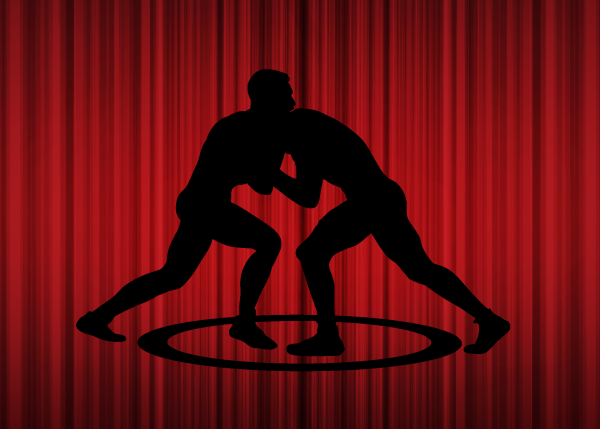Conservatism: the new counterculture?
Rebellious youth are those that go against the mainstream thinking of prior generations to serve as a juvenile form of resistance and rebellion. In the 1960s, the United States faced a wave of progressivism concerned with sexual freedom, antiwar protests, and echoes of the civil rights movement. The 70s gave birth to a wave of disco loving, clubbing youths who handled more drugs than a pharmacist did. The 80s pushed hip hop and rap into mainstream America and contained enough graphic material to make Nancy Reagan’s head spin. The 90s advanced punk rock, grunge loving, flannel wearing teens into society’s light.
Now in recent years, a new form of youth counterculture has emerged. A new form of anti-establishment ideology has risen with the pride of going against the mainstream. This new wave of youth counterculture is not a band of pot smoking hippies with dreads protesting a war, nor is it an ideology that supports experimentation with both drugs and sexual partners in underground clubs. The new youth counterculture in the United States is conservatism.
Now this may confuse you. Typically, countercultures are associated with groups that feel marginalized and want to protest against “the system.” Those who want to branch out from the traditions and old ways of thinking of the previous generation. How can an ideology of keeping social values the same be a counterculture?
The first election anyone college-age can distinctly remember was most likely the 2008 election of Barack Obama. Millennials have grown up with a progressive President for the years most distinctly remembered of their lives. There are millions of college-aged students in the United States between the ages of 18-22 who were able to vote for the first time in the most recent presidential election. Counterculture typically develops in contrast to whatever the establishment is, so it makes sense that a wave of counterculture culminated in the 2016 election.
This still leaves an unanswered question: “how can conservatism be a counterculture if the government is controlled by a typically conservative party?” This is actually easy to answer. Youth in the United States who are just beginning to develop their political affiliations tend to notice an increasingly liberal world. The running trend of entertainers, media personalities, and academics leaning left pushes the young listeners away from this message. I have personally experienced the “unbiased professor” going on mini rants against President Trump, and I understand the frustration. It is not exactly popular to be conservative and/or religious on a college campus, as you feel marginalized by your classmates, professors, the media, and Hollywood. Although I still believe that the majority of college students hold progressive beliefs, I also believe that the growing trend of youth conservatism will only continue for the next few years.
It is now the new counterculture to be young, white, conservative and religious. In the past decade, religious affiliation in the United States has been quickly declining. Those raised in religious conservative households go off to college and instantly feel out of place. Everywhere they look they feel like outsiders. It’s generally better to keep your political thoughts to yourself to avoid upsetting those who might not agree with you. This is what formed the adequately named “silent majority”. Now that the silent majority is out and about, partisanship appears at an all-time high, and midterm elections are approaching. Countercultures will always form when society shifts one way. It’s like a yin and yang, equal and opposite Newtonian physics. I have no idea what form counterculture will take in the next few years, but I know for certain there has never been a more interesting time to vote.





